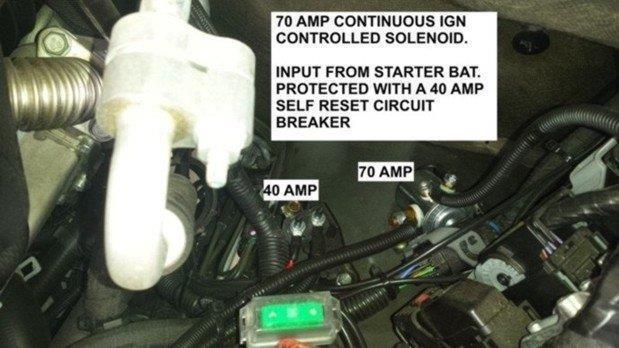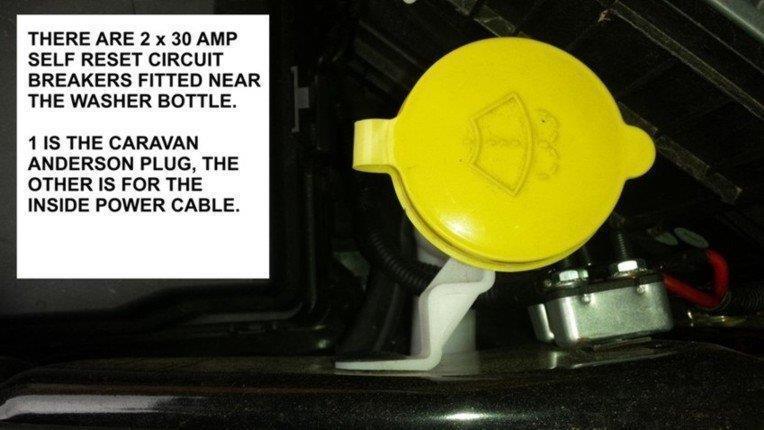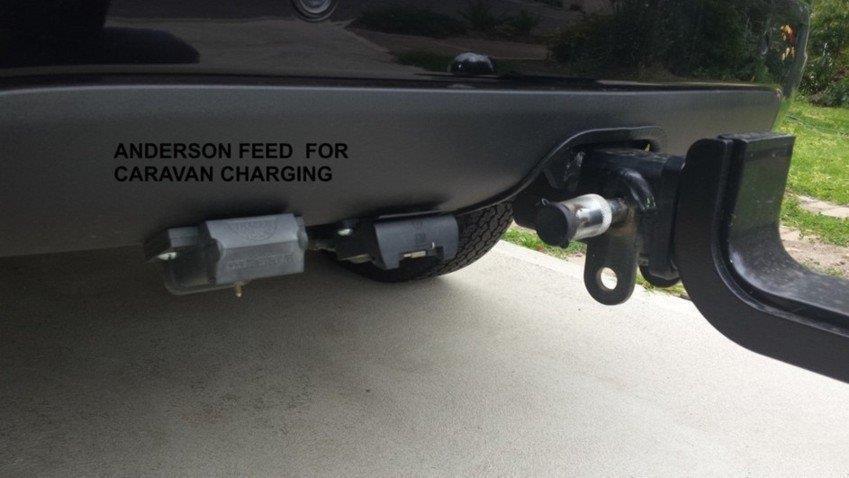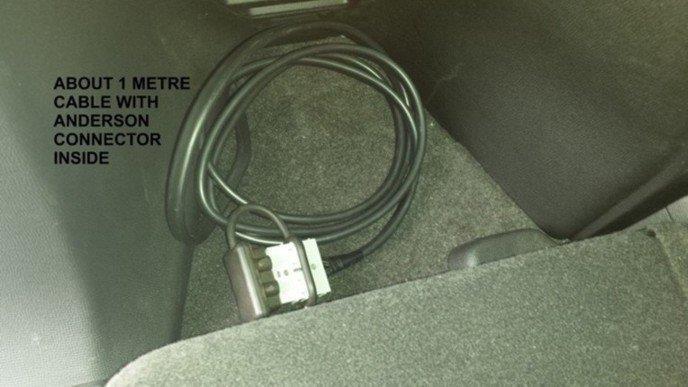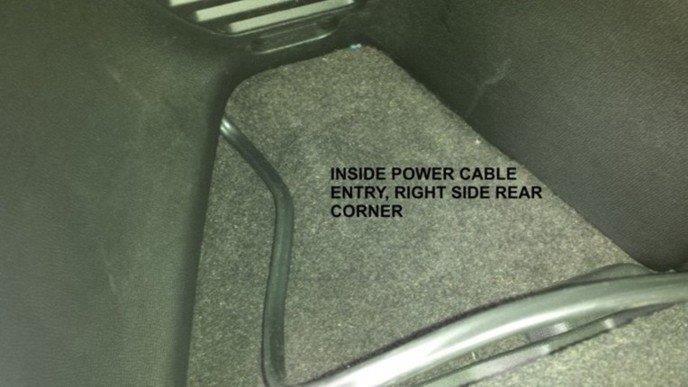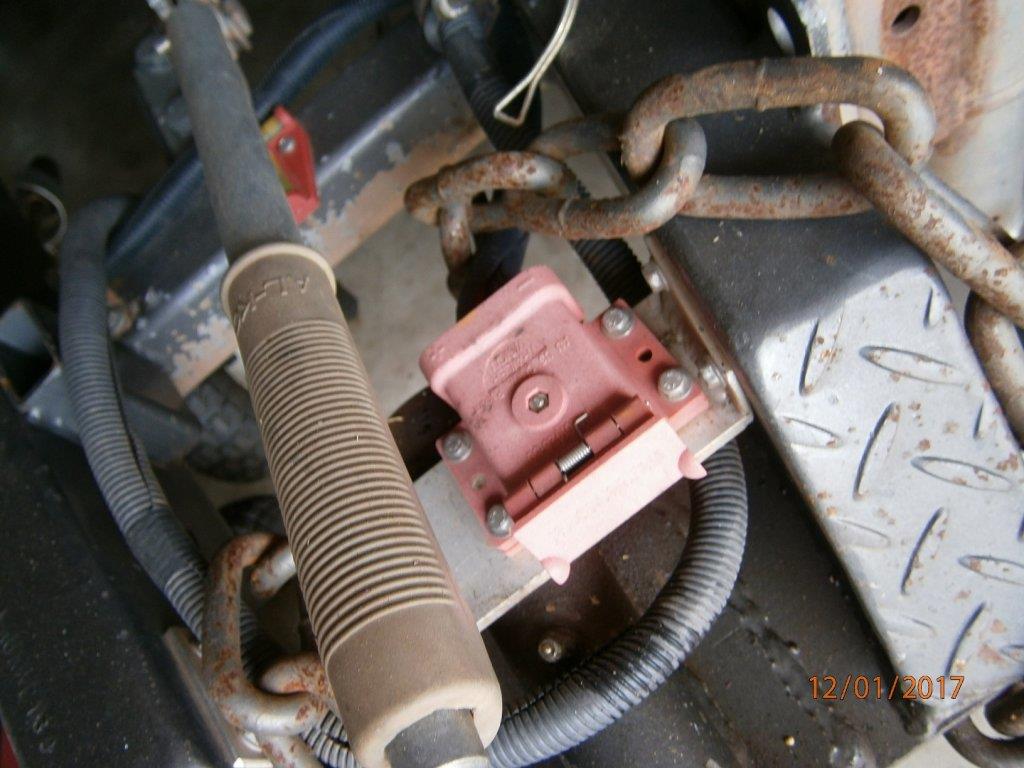Condor again thanks and had noted both occasions a long run had just been done so alternator would have certainly topped battery. Speaking of which will test that also as have a wife that no matter how many times I explain keeps switching one fridge on to low mode which doesn't cut off to 10.5 Volt .................. not doing the battery any favors. Will find prob ............... completely pulled down system last night and refitted even re soldering all connections in case of a dry joint as they say time will tell. I have another 100 watt panel here I will swap out also just for the exercise to eliminate panel fault as problem as you have suggested.
Is it best to use temp compensation if available ? The Projecta instruction states to remove if not using it?
Thanks again
Baz ................... yes tech agreed with me that panel fault would most likely result in low or no voltage not over voltage.
Auto elec au sell both brands and I only asked regards failure on the off chance that I was chasing a problem that was common to the unit I had. Like most elec faults it's just a matter of tracking it down ........the fix is usually the easy part Yes may look at the same panels as Condor has but is charging battery ok is just this solar input over charge error it has started throwing .............. good price is always fine but at the cost of reliability becomes a fast second
Yes may look at the same panels as Condor has but is charging battery ok is just this solar input over charge error it has started throwing .............. good price is always fine but at the cost of reliability becomes a fast second 
Will let you know what I find as to what the problem was / is :/
Is it best to use temp compensation if available ? The Projecta instruction states to remove if not using it?
Thanks again
Baz ................... yes tech agreed with me that panel fault would most likely result in low or no voltage not over voltage.
Auto elec au sell both brands and I only asked regards failure on the off chance that I was chasing a problem that was common to the unit I had. Like most elec faults it's just a matter of tracking it down ........the fix is usually the easy part
Will let you know what I find as to what the problem was / is :/




